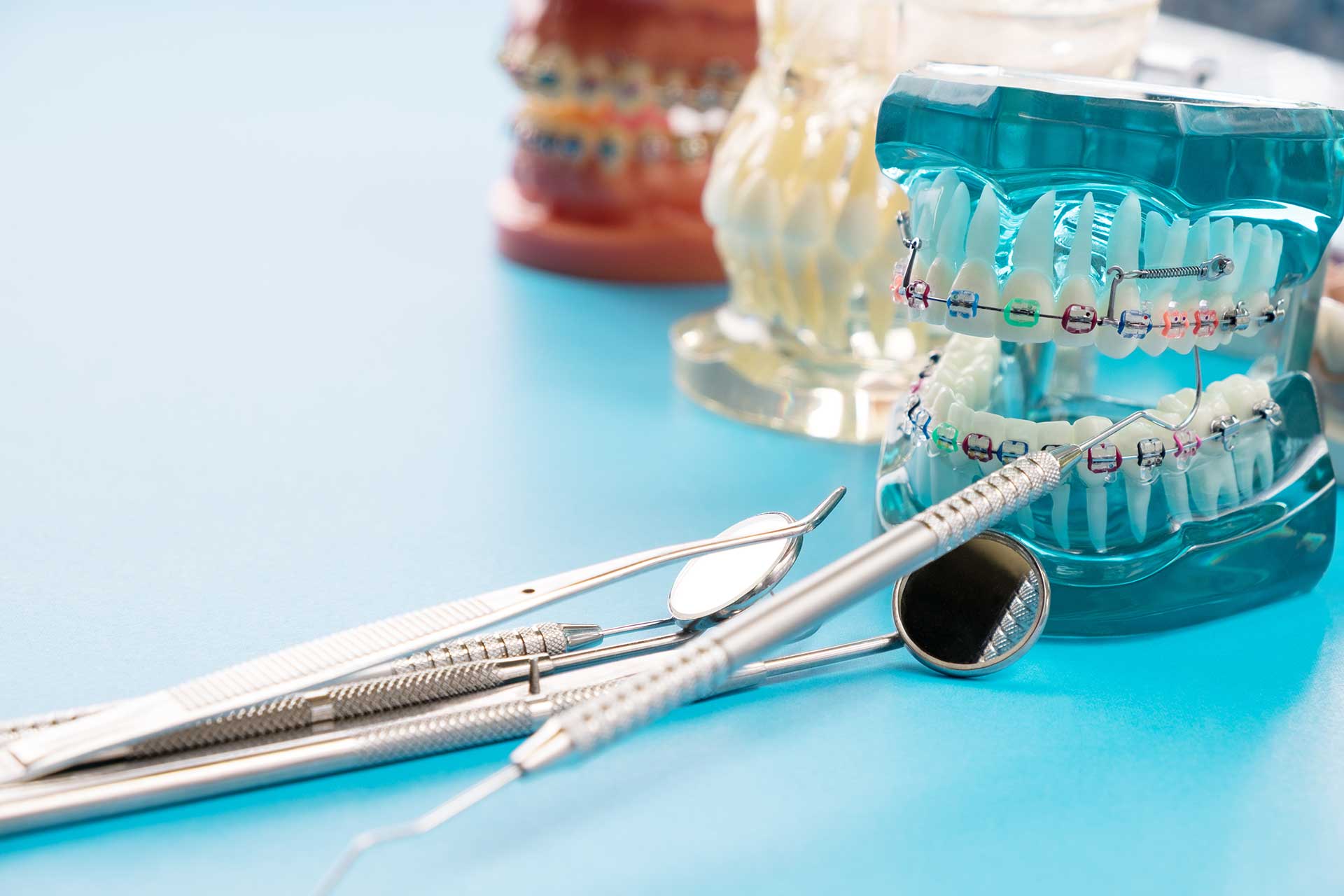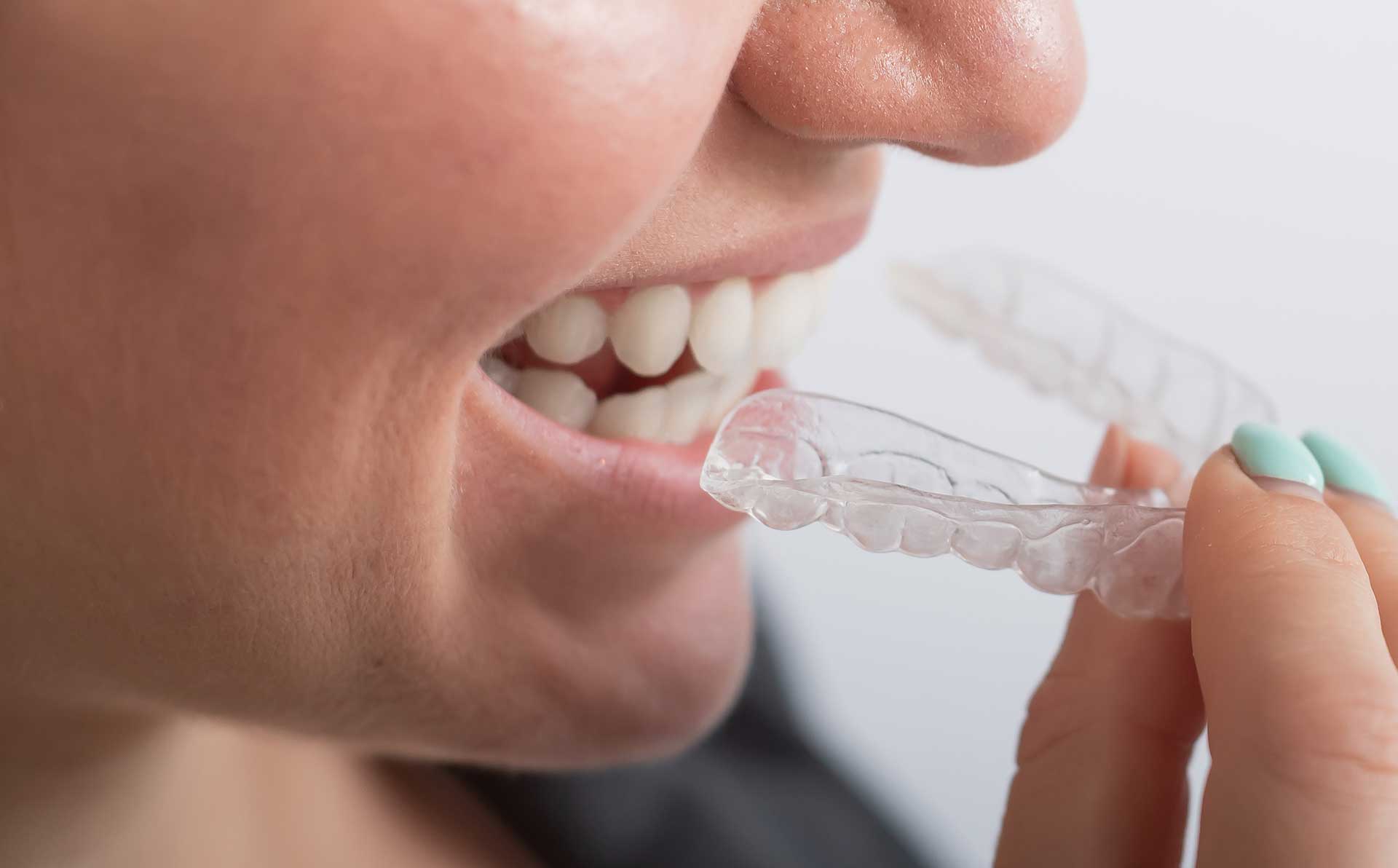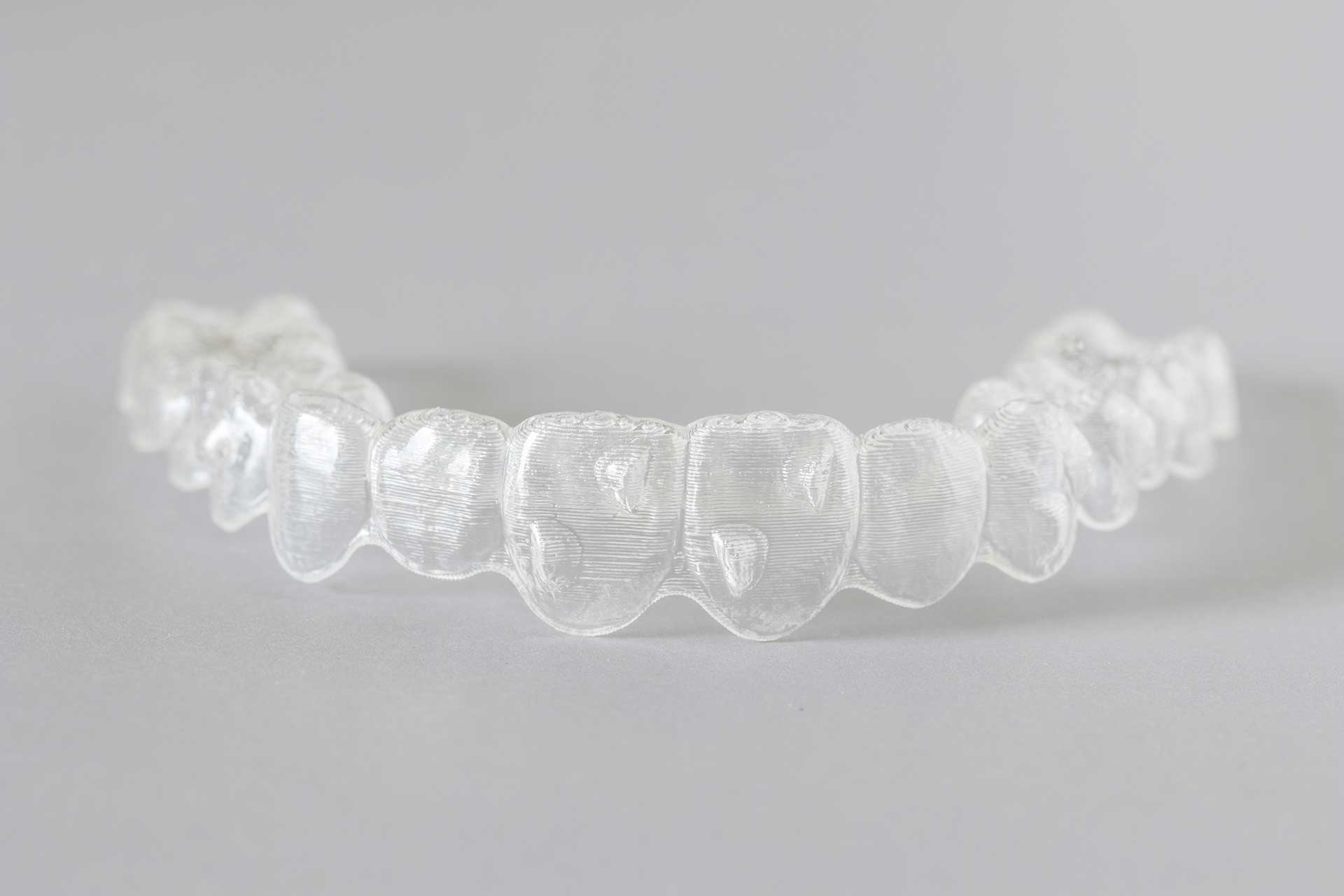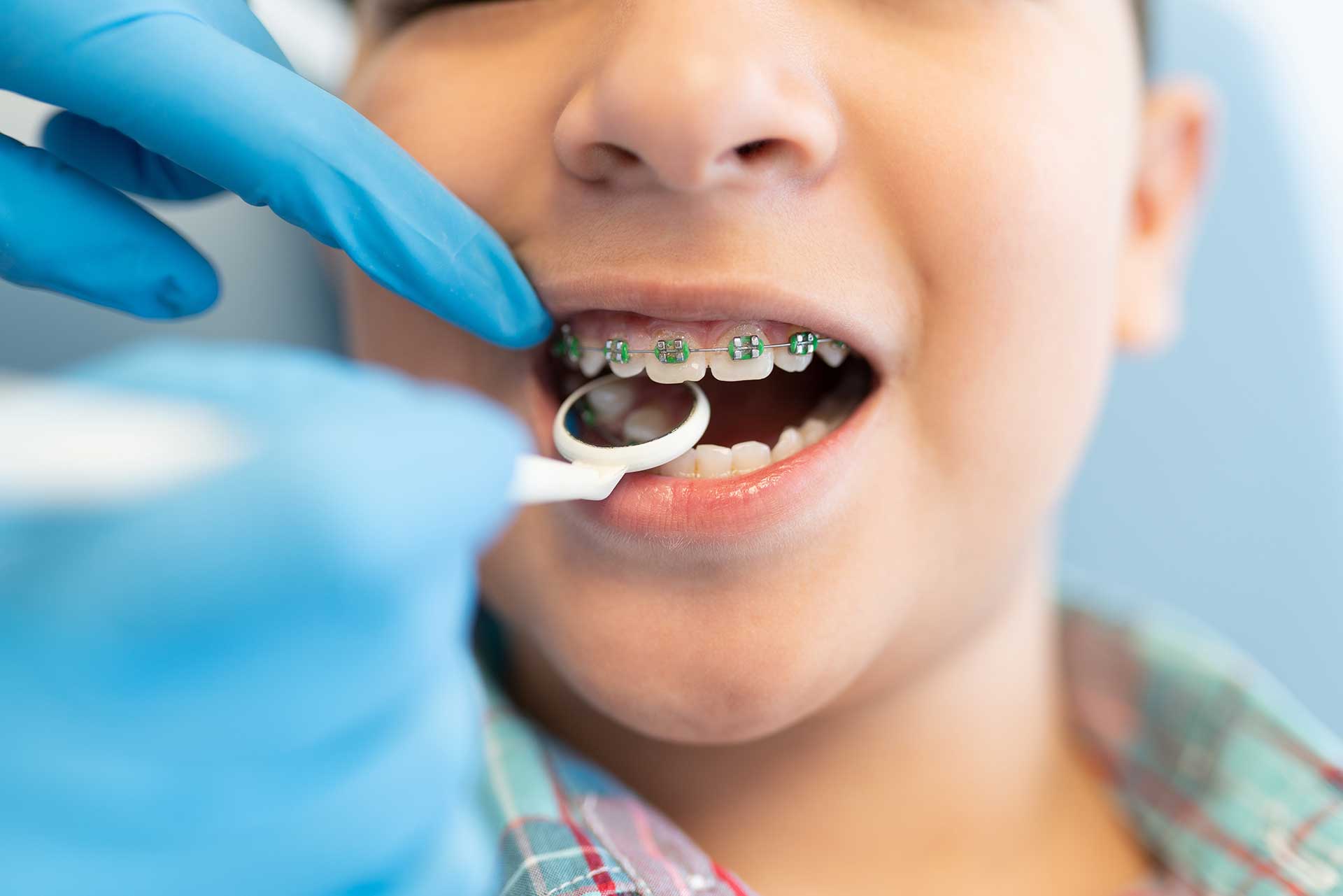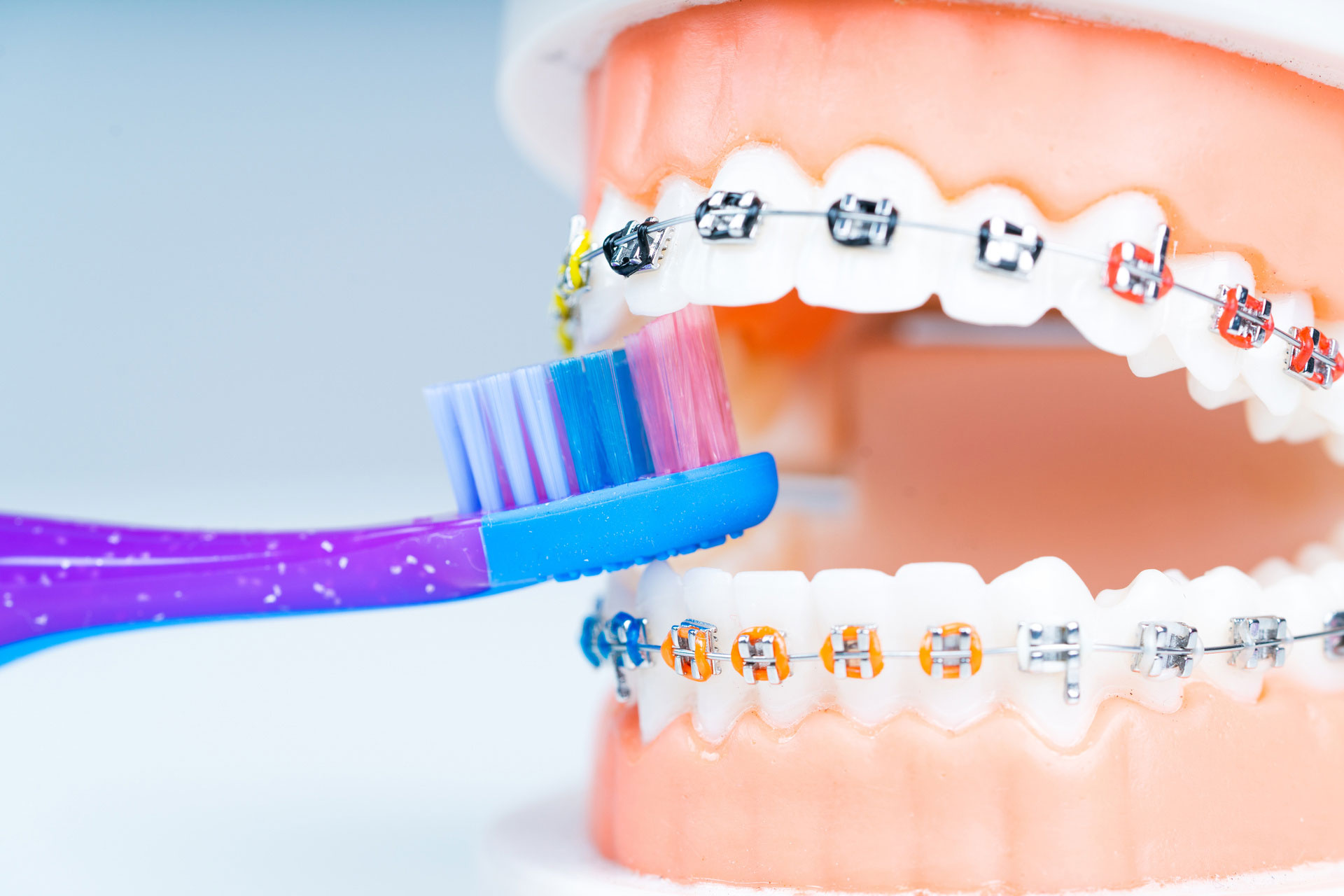Orthodontics
You are probably aware of the fact that the alignment of your teeth is far from ideal, but you are afraid to spend long months (and maybe even years) on tedious orthodontic treatment accompanied by discomfort and pain. At our clinic, you will achieve your goal without the great sacrifices associated with the application of traditional metal braces. Visit us and give yourself a chance for a predictable and modern therapy with custom overlays designed specifically for you.
Orthodontics deals with the prevention and treatment of malocclusion and maxillofacial defects in children, adolescents and adults. Treating malocclusion should begin as early as possible so that masticatory organ disorders won’t lead to permanent dysfunctions.
The chances of performing a successful correction are much higher in children than in adults. Alveolar defects and misaligned teeth can be treated with the help of special braces.
Why is correct occlusion so important?
Neglected malocclusion can be the cause of many problems. For example, crowding of teeth makes it difficult to maintain their hygiene, which can eventually lead to the development of dental caries. However, a common complication in the case of malocclusion caused by improper alignment of teeth is their loosening as well as inflammation of the periodontium. Malocclusion can also cause various speech defects and forces the patient to seek help from a speech therapist. Over time, untreated malocclusion also affects temporomandibular joints and causes problems with biting and chewing, thus negatively affecting the digestive system.
Removable braces – used to treat children. They are composed of a plastic (acrylic) plate, which may be of various colors, and wire elements (loops, screws, clamps) that fasten the appliance to the teeth and are responsible for its functions. Unfortunately, the therapeutic effect depends almost entirely on the patient’s discipline.
Fixed braces – the most common braces used to treat malocclusion and dental defects in both adults and children. They consist of rings and brackets that are bonded to the teeth, as well as arches and other attachments which determine the proper action of the braces. Treating masticatory disorders also includes the application of bite splints as well as physical therapy and exercises of the muscles of the stomatognathic system, which are performed by the patient at home and in the doctor’s office. The main objective of the exercises is to restore the correct mobility pattern of the mandible, hence the correct load in the joint. This method can be applied to successfully treat temporomandibular joint dysfunction, clenching and grinding of teeth, and lockjaw.
Teenager at the orthodontist’s office in Lodz
Fixed braces (namely braces that cannot be removed on their own) provide the best results in this age group. Sometimes, however, a teenager may be treated with removable braces if the abnormalities are fairly simple. First, the orthodontist performs a careful analysis of numerous factors (not only physiological, but also psychological) and then decides how the treatment will proceed and which type of braces will work best in a given case. In some situations, the dentist decides to remove any of the crowded teeth to make sure that the therapeutic effect will be most advantageous. A significant number of adolescents are assertive or even defensive when it comes to starting an orthodontic therapy, as they fear ridicule and rejection from their peers. Although braces have become trendy in recent years, many young people still feel negatively about them. If this is the case, the dentist shouldn’t start treatment at any cost and wait for the patient to make an informed decision before placing braces. Orthodontic treatment cannot be carried out under duress, as its positive outcome depends on proper patient motivation and determination.
Did you know that…
Before getting braces, all diseased teeth must be healed, and any signs of gingivitis must be eliminated. Decayed teeth must be cleaned, while necrotic ones need to be extracted or treated during a root canal therapy. If your dentist deems it advisable, you should also get a fluoride varnish to strengthen your tooth enamel.
